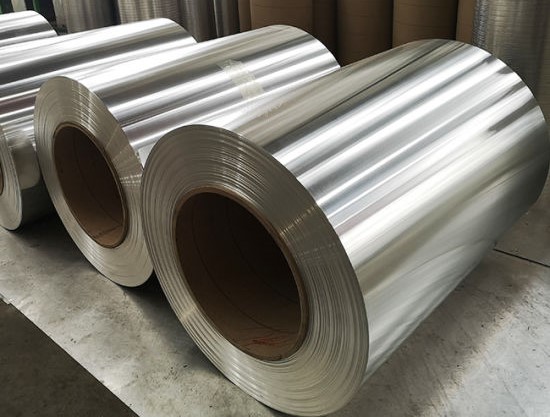Aluminum is a remarkable material with a wide array of applications in various industries due to its lightweight, durability, and resistance to corrosion. To further bolster its protective properties, the anodizing process is employed, serving as a transformative shield against wear and corrosion. This electrochemical method enhances the natural oxide layer on aluminum, making it an ideal choice for a multitude of applications.

The Anodizing Process
Anodizing is an electrochemical process that thickens the natural oxide layer on the surface of aluminum. This layer acts as a barrier against external factors that can cause wear and corrosion. The process involves immersing the aluminum product in an electrolyte bath and passing an electric current through it. This electric current triggers the oxidation of the aluminum's surface, forming a thicker, more robust oxide layer. Anodizing can be performed on aluminum products before they are formed or shaped, ensuring a uniform and complete protective layer.
The Benefits of Anodized Aluminum
Anodized aluminum offers a range of advantages, making it a preferred choice in many industries:
Enhanced Corrosion Resistance: The thickened oxide layer effectively shields the aluminum from moisture and corrosive agents, extending the material's lifespan.
Increased Wear Resistance: Anodizing significantly hardens the surface of aluminum, making it more resistant to abrasion and wear. This is particularly valuable in applications where the material is exposed to constant friction and contact.
Improved Aesthetics: Anodized aluminum is available in various colors and finishes, allowing for customization and aesthetics, which is especially important in architectural and design applications.
Electrical Insulation: Anodizing provides electrical insulation, making it valuable in electronic and semiconductor industries.
Ease of Maintenance: Anodized surfaces are easy to clean and maintain, requiring minimal effort to keep them looking new.
Anodized Aluminum Coil:Anodizing can be performed on various aluminum products, including coils. anodized aluminum coil offers the same protective benefits while also being flexible and easy to work with. It is a preferred choice in applications where continuous protective coatings are required.

Applications of Anodized Aluminum
Anodized aluminum coil finds applications in diverse sectors:
Architectural: Anodized aluminum is a staple in architectural design, used for building exteriors, window frames, and decorative elements.
Aerospace: Aircraft components benefit from the corrosion resistance and lightweight properties of anodized aluminum.
Automotive: Anodized aluminum is used in various vehicle parts, from rims to engine components.
Electronics: The electrical insulation of anodized aluminum is invaluable in the electronics industry.
Consumer Goods: Anodized aluminum can be found in products like cookware and outdoor equipment.
Conclusion:The anodizing process has revolutionized the capabilities of aluminum, enhancing its protective qualities and expanding its applications across numerous industries. Anodized aluminum offers a compelling solution for those seeking extended durability, improved resistance, and enhanced aesthetics. Whether in architectural design, aerospace, automotive manufacturing, electronics, or consumer goods, anodized aluminum stands as a testament to the innovative use of technology to enhance material properties.



